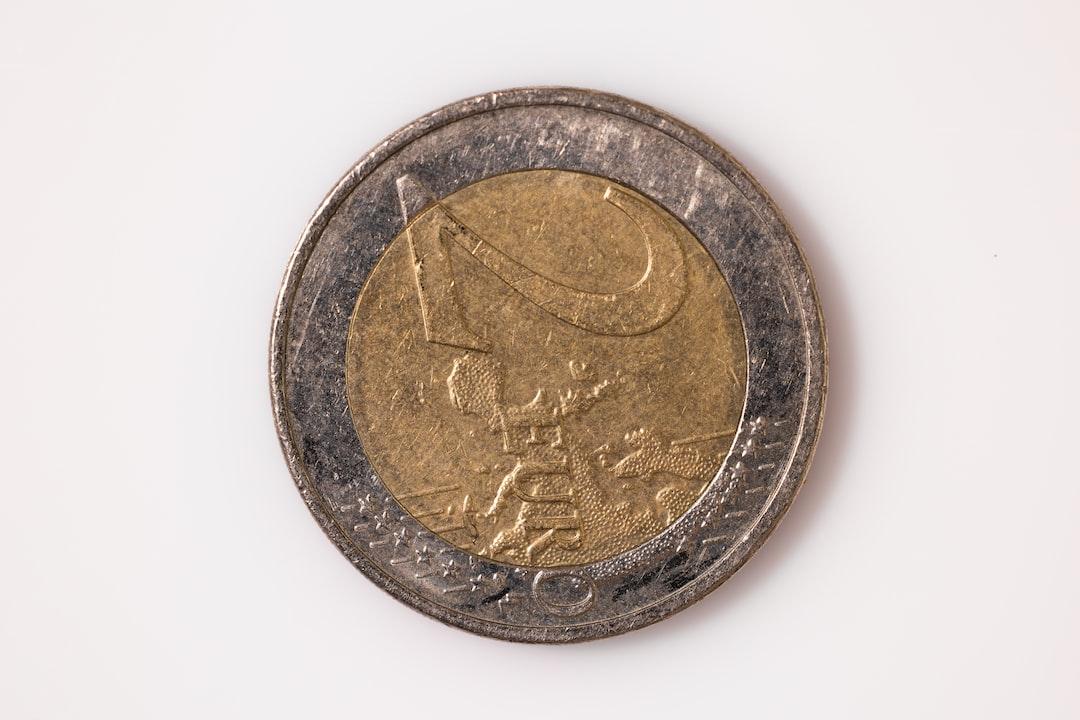CoinWorld reported:
Recently, the decline in the price of Ethereum indicates a broader potential selling pressure in the cryptocurrency market, but Ethereum’s continued weakness can be attributed to some specific network factors.

From October 20th to October 23rd, the price of Ether suffered a heavy blow at the $2,700 level, falling by 9.6% in a short period of time, wiping out the gains of the previous 10 days. Although the current price is still stable at around $2,500, the overall performance for the month has still fallen by 6%, and the possibility of returning to the $2,800 support level is weakening. On-chain data shows that high transaction fees have significantly reduced network activity, thereby reducing the amount of native token staking and demand. The total market value of cryptocurrencies fell by 5% in the first two days, and the upward trend of Ether’s price was also hindered. On the other hand, while the overall market increased by 1.9% for the month, the price of ETH fell against the trend, indicating that Ethereum investors still lack confidence in it.
Ethereum network congestion and lack of clear solutions
In the past two weeks, the average transaction fee on the Ethereum network was $4 per transaction, indicating strong on-chain activity, but the high transaction fees have also led large investors and arbitrage whales to turn to competing blockchains that emphasize low transaction fees. Data shows that in the past seven days, the transaction volume on the Solana blockchain was $13.4 billion, which is 67% higher than Ethereum. Ten months ago, the difference in transaction volume between the two was not significant, indicating that more and more investors are inclined to use the Solana blockchain. In addition, there have been significant differences in the performance of Dapps on the two chains, with DEX trading volume on Ethereum declining by 13%. Uniswap and Curve Finance activities on Ethereum have both declined by 18%, while Raydium on Solana has grown by 42%, and Lifinity’s activity has surged by 77% compared to the previous week.
In terms of Total Value Locked (TVL), Ethereum’s performance has disappointed investors, with a TVL of approximately 18.2 million ETH, a 5% decrease from a month ago. This has had a negative impact on the dynamic balance of supply and demand, indicating that validators have been reducing their staked ETH. Staking Rewards data shows that within the 30-day period ending on October 23rd, validators have staked a net decrease of 191,000 ETH, with a total value of approximately $492 million. In contrast, during the same period, Solana’s TVL increased by 12% when calculated in SOL, and BNB Chain remained relatively stable. Finally, the upcoming Prague-Electra upgrade in the first quarter of 2025 has also raised concerns among investors, although the focus of this upgrade is to introduce Verkle trees to reduce node storage and EIP-7251 to improve validator efficiency. Whether the potential delays and other changes can solve Ethereum’s congestion problem still remains a mystery, and this issue is a key factor in determining whether Ethereum’s price can remain strong in the long term.
Subscribe to Updates
Get the latest creative news from FooBar about art, design and business.
Add A Comment

